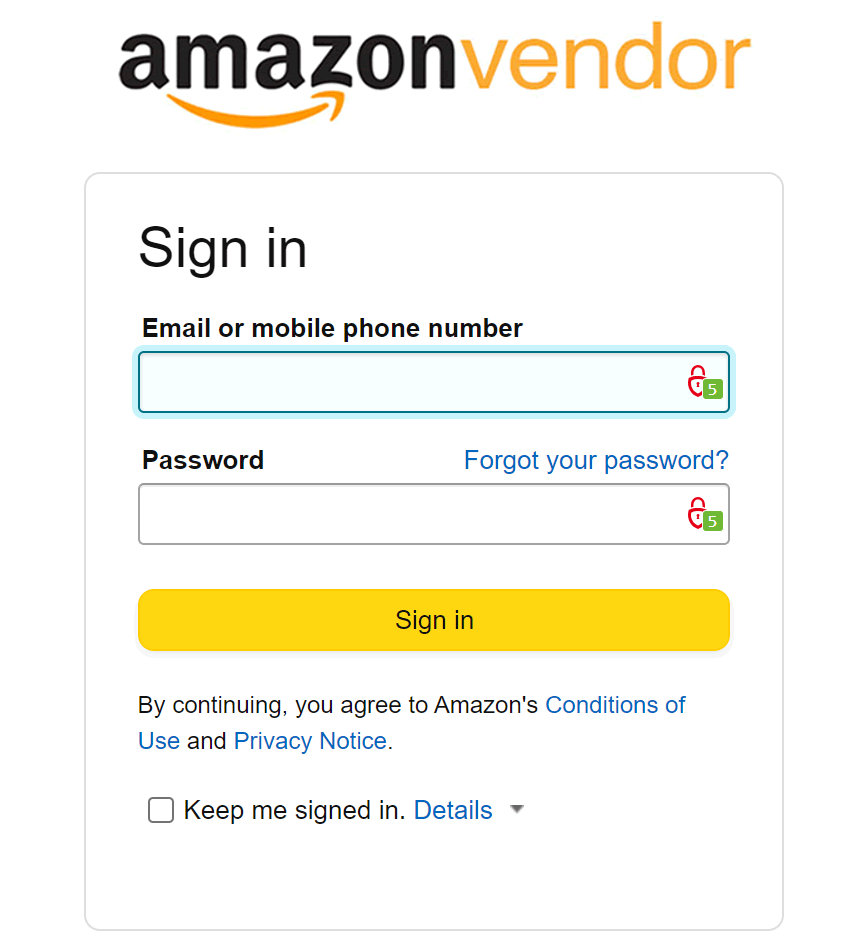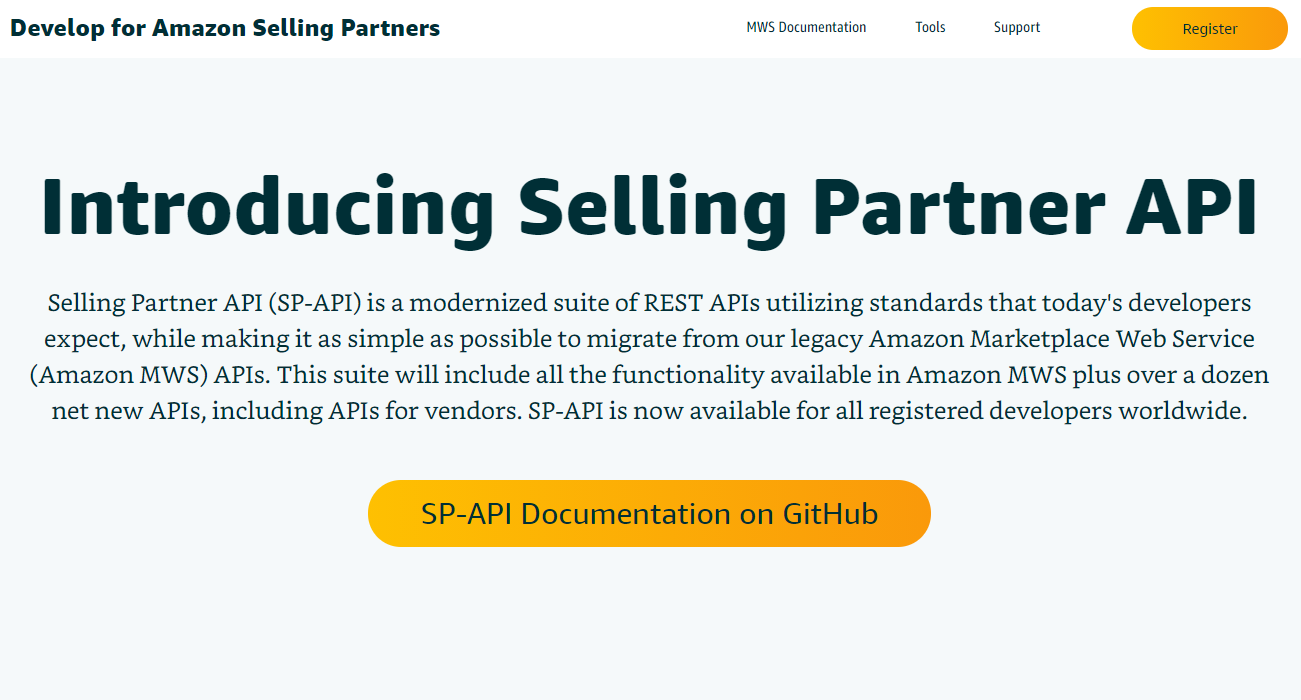Imagine running an expansive business, but still manually entering data and tracking inventory (that's how it was for us, Amazon Sellers, before MWS and the Seller API). Now picture managing your operations with a single integration: the Amazon Vendor Central. As a manufacturer, distributor or supplier invited to this platform, you're privy to two main methods of integration: EDI (Electronic Data Interchange) and API (Application Programme Interface or the Seller API for Vendors).
Table of Contents
This article I'll delve into the nuts and bolts of EDI, the bridge between your ERP, CRM… you name it and Amazon Vendor Central's data such as sell in, sell out, Brand Analytics, Retail Analytics and more.
Subscribe & get discounts for Amazon software
I'll explore not only how to set it up but also how it can transform your business by automating tasks, reducing errors and cutting back on paperwork. Sooooooo, welcome to the world where automation meets efficiency in the Amazon Retail business.
Btw, if you're looking to understand the broader scope of being an Amazon Vendor, here's a whole guide on Amazon Vendor: All You Need to Know.
What's Vendor Central
So, you've been invited to use Amazon Vendor Central (that's a big deal!) Now let's dive in and really understand what it can do for your business.
With Vendor Central (under the Amazon Retail selling program), Amazon takes on all the heavy lifting. They handle inventory management, pricing decisions (careful with this), shipping logistics, customer service queries and even returns. But there's more! Vendor Central also gives you access to tools and reports that help manage your orders, list information about your products, track invoices and ad campaigns, as well as measure how profitable your business is.
Methods of integration with Vendor Central
There are to main methods to integrate with Vendor Central: EDI and API. For those looking for tools to facilitate this integration, platforms like Suredone can be invaluable. Let's take a look at the differences between EDI and the Seller API for Vendors. Wondering if you'll need a developer? You'll need more than one and it has to be an authorised by Amazon.
Amazon EDI already connected tools
The Good news? There are tools for Vendors that are already authorised by Amazon (for PPC, Analytics…), check some of them, you can find every tool reviewed on the Amazon Vendor tools category
EDI for Vendors
EDI for Vendors can help you on a daily basis, as you may be able to read/write/download information such as:
Purchase Order & Purchase Order Acknowledgement
Confirm or cancel purchase orders using any external software connected to Vendor EDI.
Invoice
Directly send your invoices to Amazon Retail from any external tool conected to Amazon Retails' EDI.
Cost Inventory Update
Update pricings on your COGS. Of course, updating this costs may depend on Amazon Retail accepting the new prices (and that's not an easy task or negotiation). You can't simply update the inventory cost and ofrget about it.
Routing Advice Request (ARN) & Advance Shipping Notice (ASN)
The ARN or Request for Routing Instructions (RRI) allows Vendors to request routing instructions from Amazon Retail or a client if they're using Vendor's Own Carrier (VOC).
Things you can't control using EDI
Unlike using Seller API, you can't control or manage the following using EDI:
- Product creation
- Product images, features & description
- Price change negotiations
Seller API for Vendors
What's in for Vendors when it comes to the Seller API integration? Well, a lot, take a look at the reports and data you can access with a simple call to the API system:
Reports API
- Brand analytics reports
- Vendor retail analytics reports
- Promotions Performance report
Catalog Items API
Read your catalogue including info such as the Best Seller Badge using the API
Listings Items API
One of my all time favs, as you can edit your catalog using external tools such as PIM (Product Information Management tools) such as Akeneo, Epinium, REMDash and other software.
A+ Content API
With this API you can create a+ content using external services (such as the mentioned PIMs)
Retail Procurement APIs
An API to manage your Amazon Retail purchase order workflow including your Retail Procurament dashboard and trend analysis
Direct Fulfillment APIs
Only for Vendors working in the Amazon Direct Fulfillment program (also known as Amazon Own Carrier program): confirm orders, customer shipment and invoice Amazon Retail.
Advertising APIs
An API to create and maintain your Amazon Vendor PPC campaigns. It's used by tools such as Epinium, Perpetua or Quartile to manage Sponsored Products, Sponsored Brands, Sponsored Display and DSP campaigns.
Subscribe & get discounts for Amazon software
EDI for Vendors vs Seller API for Vendors
Wondering which one should you use? Take a look at the following comparison table and decide for yourself. My advice? At the end of the day, you'll need both of them.
Features | Seller API for Vendors | EDI for Vendors |
Purchase Order | ||
Purchase Order Acknowledgement | ||
Generate invoices | ||
Cost Inventory Update | ||
Routing Advice Request | ||
Advance Shipping Notice | ||
Reports | ||
Catalog Items | ||
Listings Items | ||
A+ | ||
Retail Procurement | ||
Direct Fulfillment | ||
Advertising |
Conclusions
The Amazon Vendor Central platform allows manufacturers, distributors and suppliers to manage their operations more efficiently by integrating with Amazon Vendor Central through either EDI (Electronic Data Interchange) or the Seller API (Application Programme Interface) for Vendors.
While both integration methods have their unique features and advantages, using EDI allows vendors to handle purchase orders, invoices, cost inventory updates, and routing requests.
On the other hand, the Seller API for Vendors enables vendors to access and manage reports, catalog items, listings, A+ content, retail procurement, direct fulfillment, and advertising.
At the end of the day and in my opinion as an expert working for Amazon Vendors both integration methods are necessary to have a whole 360º management of your Amazon Retail operations, as they each address different aspects of the business. You can do that using authorised developers or already built-in software.









